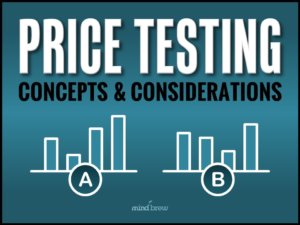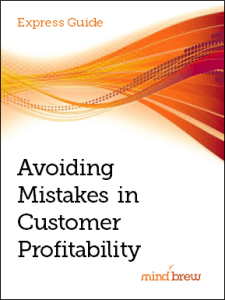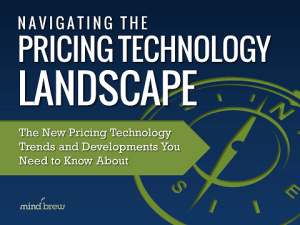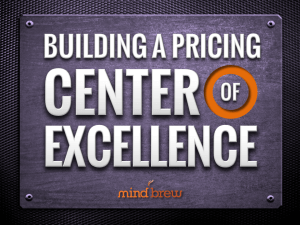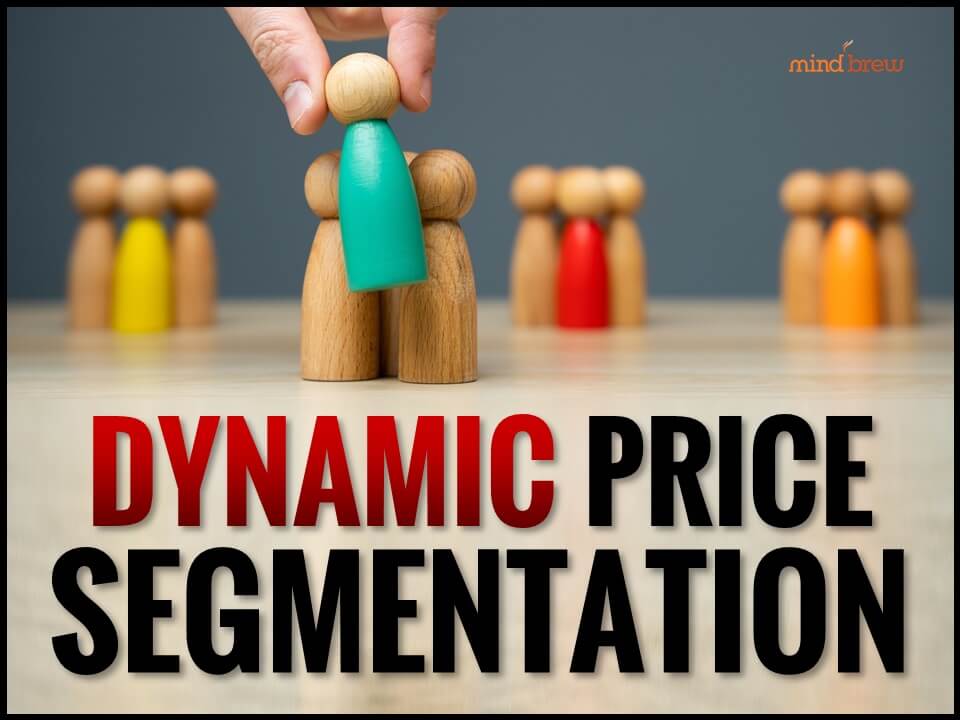Over the past decades, modern B2B enterprises have done a marvelous job managing complexity in their physical operations by taking advantage of new technologies. Yet for these same businesses, a massive new complexity remains unaddressed.
This new complexity faced by B2B companies is called decision complexity and nowhere is it more evident than at the intersection of sales and pricing.
Profit improvement through better pricing springs from one simple idea: Different selling circumstances can command different prices in the marketplace even for the same customer and product. Most companies offer variable pricing, but few are managing this complexity with the expertise and confidence required to get ahead.
Three major trends are responsible for the exponential growth in decision complexity within B2B:
- First, the size of product catalogs and customer lists has grown rapidly, creating more questions for sales teams.
- Second, go-to-market methods are increasingly more diverse. Channels, promotions and price types continue to expand, along with ambiguity about how to price them.
- Third, volatility of costs, demand, prices and competitive behavior within the market add a layer of dynamic uncertainty to the landscape. It’s simply impossible for your employees to keep up. Market dynamics have resulted in a huge proliferation of complex pricing decisions.
There are so many decisions to make, perhaps far more than is realized by those not on the front lines.
A B2B business with 125,000 SKUs and 40,000 customers has a decision matrix of roughly 5 billion potential price decisions that could arise. In practice, your sales team will make millions price decisions during the year. And the rate of growth in these complex decision points is accelerating each year as the business serves more customers, expands the product catalog, and responds to more volatile market conditions.
There is a way to capitalize on this complexity. Price optimization guides reps to prices that are aligned to each unique selling circumstance. In essence, it’s a decision-making process that employs data, algorithms and technology to make recommendations faster and better than humans. In B2B, optimization enables companies to capitalize on the massive complexity in their businesses instead of being buried by it. When optimization is applied to pricing, it allows companies to predict the P&L impacts of pricing decisions before they put prices in-market.

